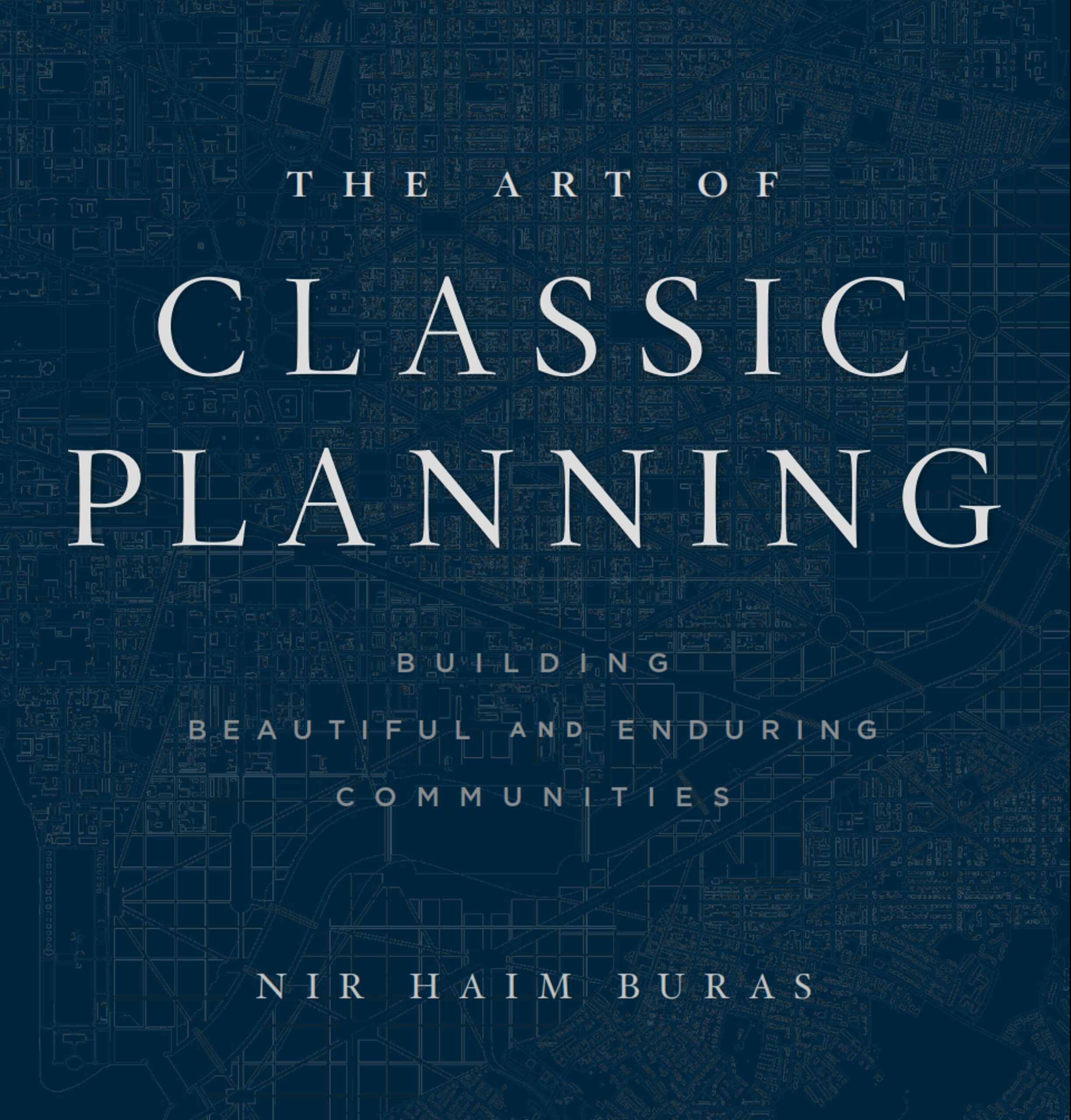
Learning Scale from Copenhagen
Denmark is a unique concept; there are only three million of them. They seem to have a viable, balanced culture, and much of it rests on fine 17th to 19th century infrastructure – built right. Everything is right sized. Nothing is too big. Their small, traditional buildings are good, fun, imaginative, well-built, and richly detailed. They show a deep appreciation for the magic in buildings.
The range and spectrum, of innovative, creative, appealing, and appropriate Danish architecture makes it important to know. Danes are masters of scale. Their small buildings our grand, scaled through contrasting details to be impactful, polite, or otherwise appropriate. Danes are masters of neoclassicism and their influence ranged wide.
But Copenhagen seems like a socio-economic bubble and in my short visit I didn’t get a sense of what supports it. It seems to be an attractor for people who choose to speak Danish and want live a Danish way of life, however defined. But I wonder whether the institutions necessary for national survival are adequate, and whether Danish thinkers don’t speculate about the demise of their nation.

The rise and fall of national consciousness, definition, ambition, etc. is so curious. With Catalonia in the news, we see how national identity waxes and wanes. My guess is that Catalonia was sold out politically in the late 1800s and early 20th century, when Barcelona was so heavily invested in.
The notion of political liberty and democracy means that the populace must undertake the cultural responsibility formally assumed by the aristocracy. But in abandoning noblesse oblige, the intelligentsia becomes indistinguishable from the mob, and, out of context, the mantras of the intelligentsia become the intolerant rhetoric of the mob.
The Strøget (pronounced “straw”), is Copenhagen’s traditional main drag and, at 1,1-kilometres long, one of Europe’s long pedestrian shopping streets. The people I saw on the street seemed to walk through it as if its architecture was not real. What was apparent were chain stores, a few specialty stores, and many tourist t-shirt shops. The experience of walking the Strøget parallels the dithering of Danish architecture from sophisticated, humorous, and superbly scaled traditional styles, into the illiterate oblivion of modernist sameness.
Rather than inventing their version of the wheel, famous Danish modernists Jan Gehl and Lars Gemzoe would have been far better off knowing the architecture of their own country and using it as their resource. It contains so many fine details and designs with which they could have continued an intelligent dialogue. Instead they try to invent architecturally illiterate theories to laboriously explain what modernists should do with their forlorn public spaces.
Naturally, there is nothing wrong with modern styles per se. They are, in the right context, as valid as any other. But I am against the totalitarian application of modernist thinking and methodology. In Copenhagen you clearly see its failings immediately, in form, materials, detailing, and landscaping.
Danish modernist architecture is, nonetheless, arguably among the very best of the genre. It is well built, properly scaled, and as appropriate as can be expected. It seems to hold a thread of quality, that runs through the fabric of Copenhagen. It would be interesting to know the lineage of that quality, to find the individuals today who, actually and conceptually, are its descendants.
What we can learn from Copenhagen are the keys to smaller scale urban appropriateness.
We also learn that in small quantities modernism can sometimes work. Arguably, the Danish quality of construction may actually be used to canonize modernist styles, currently named for their inventors.
There is definitely place for modernist styles. Perhaps Bruno Taut and his peers were right. Perhaps the architecture of glass is good and necessary. It certainly sets off a contrast and a relief from 19th century Victorian crap. Modernist styles work best as isolated follies in the country, like F.L. Wright’s “Falling Water,” or Corbusier’s Villa Savoie.
Modernist dosage should be kept down below 5% to 10% – never more than 15% of modernism in a plan, elevation, or in lineal feet on a block. Members of institutions or high-rise apartment buildings could vote whether their buildings are to be in modernist styles, and their decision ought to be approved by the community as a whole.
But not everything should ever be modernist. If the modernist is kept as a special thing, a design style for special occasions, it may be actually contribute something meaningful. It is the architecture of the iconic moment, but few moments in life are or should the iconic. Few buildings on a street should be iconic. A street of iconic buildings is intolerable.
Using modernism wholesale is like wearing a tuxedo 24/7/365. The only people constantly dressed in tuxedos are waiters.
WELCOME!
Get In Touch
Please get in touch with us
to discuss your requirements.
Please get in touch with us
to discuss your requirements.
